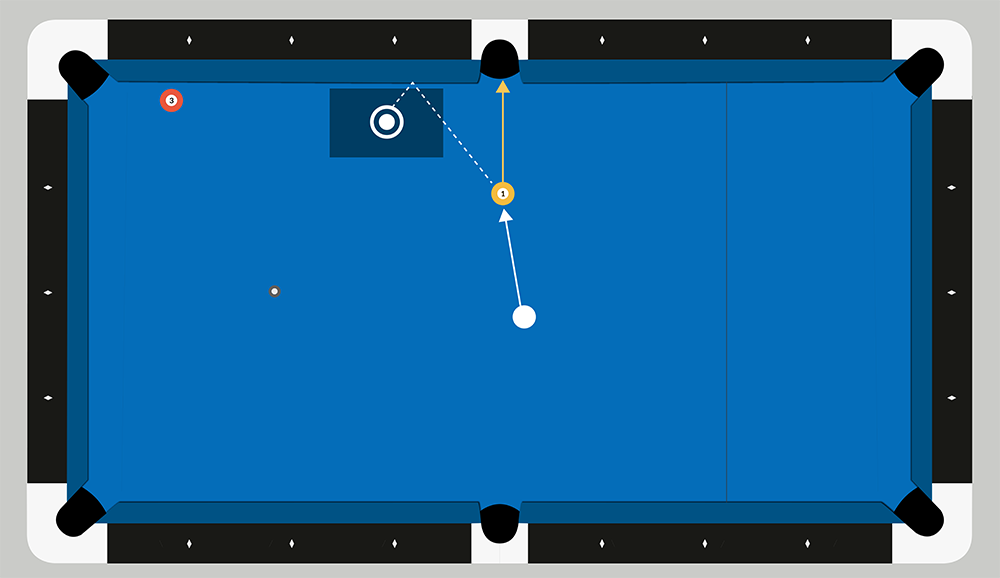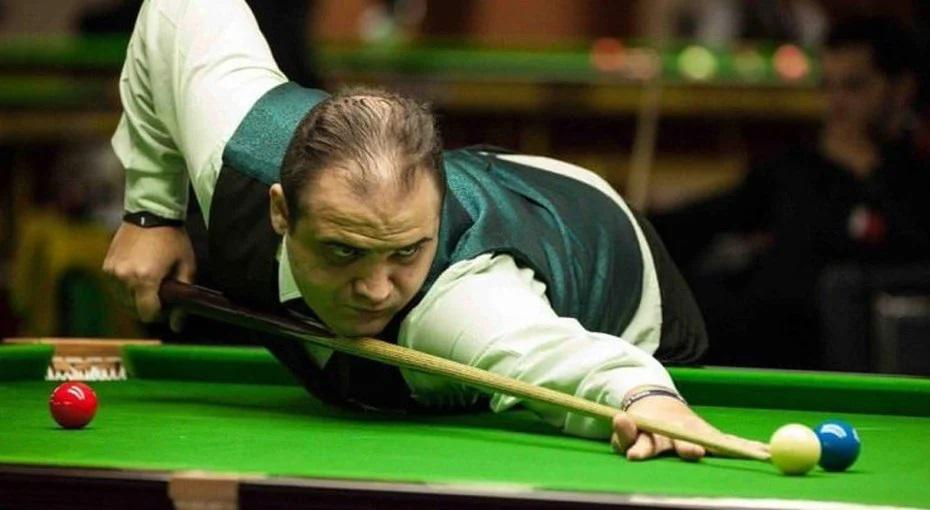
There are many factors to consider before shooting someone in a mass shooting. It is important to learn about the possible injuries from mass shootings, as well as how to calculate mass shot velocity. This article outlines some of the most important factors to consider when determining the velocity of a mass shot.
Definition of mass shooting
The term "mass shooting" has several meanings. The term "mass shooting" is used in the United States to refer to large-scale and highly publicized mass shootings. A mass shooting may occur when multiple gunmen enter a public place and open fire, taking the lives of a number of people. This type of shooting often involves the use or automatic weapons like shotguns and assault rifles.
According to The Federal Bureau of Investigation, a Mass Shooting is an incident in which multiple victims are killed at the same time and that includes a firearm or automatic weapon. The perpetrator can choose victims randomly or for their symbolic significance in these types of events. Over 3,590 people have died in mass shootings over the last 50 years. One third of these shootings occurred at school or work.

The definition of mass shootings is not always consistent and can vary from one study to the next. Incomplete or incomplete data sources can result in huge discrepancies when estimating mass shootings over the course of time. In addition, news reports and other public documents often contain systemic bias. It is difficult to draw meaningful conclusions when studying such data.
Mass shootings can cause injuries
Mass shot injury is a serious public health risk and should be included in emergency preparedness plans. This fact sheet from the CDC provides information about the symptoms and also includes guidelines and a checklist. The fact sheet also contains videos and other materials that can be used to assist healthcare professionals.
According to the study, there are six people who are seriously hurt in each mass shooting. The costs for each event are detailed in the JAMA Open medical journal. It details the financial and physical costs that mass shooting survivors face. These long-term effects of the recent trend are serious and have far-reaching implications.
This report examined data from 34 mass-shooting incidents. Most victims were black or male. Head/neck wounds were the most common. About 6% of cases involved tourniquets and 16% involved dispatchers who failed alert responders. Also, victims were more likely than others to require major blood transfusions.

Methods of determining mass velocity
A shot velocity measurement can be one of the most important controls in shot peening. The traditional method which uses air pressure to measure shot's velocity is insufficiently accurate as it does not reflect the effects of shot-peening. The development of a robust method to measure shot velocity has been made possible by coupling simulations with experiments. This method is capable of quickly calculating linear shot velocity formulas based on impingement angles, surface roughness, and other factors. The shot velocity formulas are useful for predicting the effects of shot peening in aerospace and automotive industries.
To accurately determine shot velocity, you must consider the peening angle as well as the shot peening pressure. The shot's velocity rises if the angle is less than 45 degrees. The shot's velocity is greatest at 45 degrees.